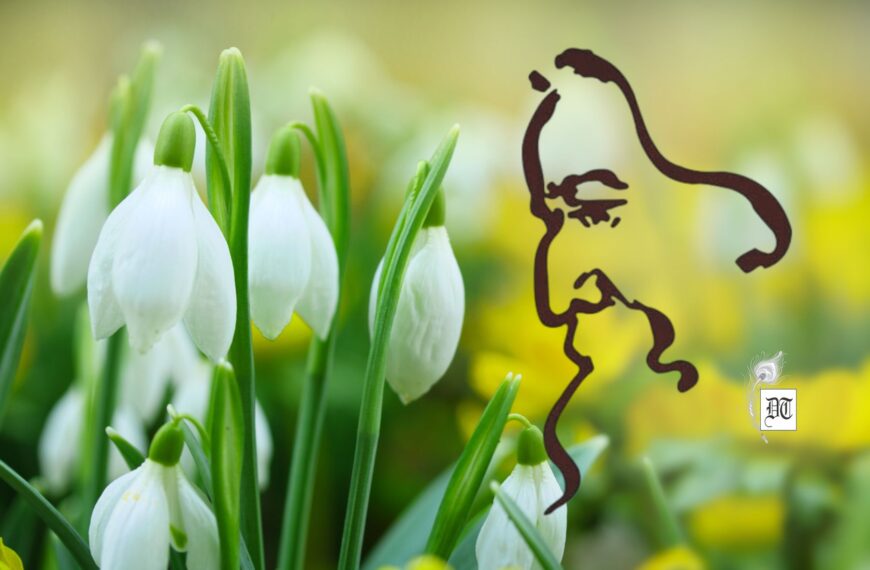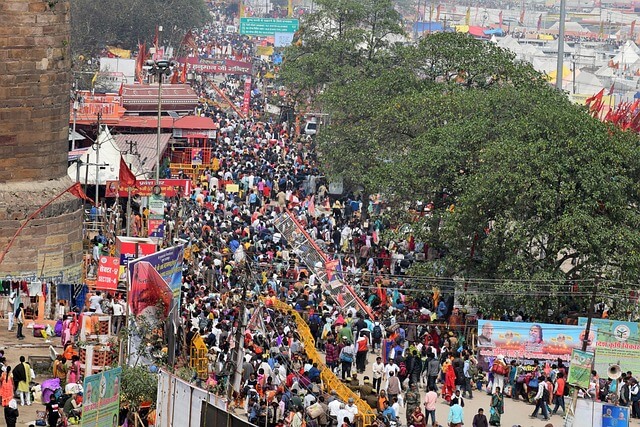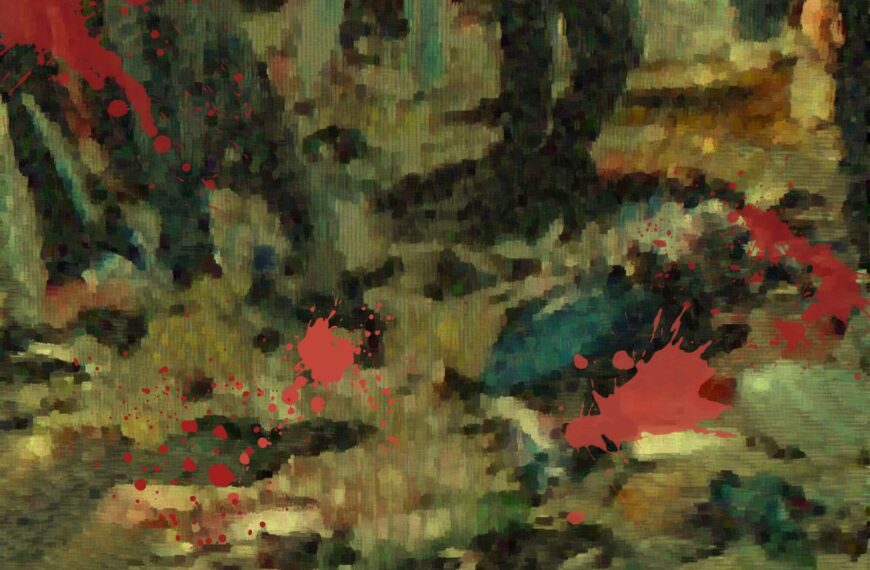Pushkaram festival is an auspicious fair-festival celebrated in Andhra Pradesh and Telengana states, every twelve years. During the Pushkaram festival devotees brave various difficulties. They rush to observe the holy tradition. This year it was a mega celebration. It is believed that Maha Pushkaram, which commences once in 144 years. The next Maha Pushkaram would be in 2159. 
The Maha Pushkaram was celebrated from the July 14 to 25, 2015. It was a pity that Pushkaram festival started on a tragic note. Unfortunately, on the first day of Maha Pushkaram festival, 27 people were killed and dozens injured in a stampede in Rajahmundry ghats as thousands of people rushed to take a holy dip in the Godavari River. It is believed that bathing in the sacred river during Pushkaram cleanses the devotees of their sins. This ritual is equivalent to Ashvamedha Yagya, meditation at Narmada River, charity at Kurukshetra and death in Kasi. All these rituals are considered the most auspicious in the li fe of followers of Hindu religion. By taking a holy dip at the time of Pushkaram, the devotees can attain all the aforesaid benefits.
fe of followers of Hindu religion. By taking a holy dip at the time of Pushkaram, the devotees can attain all the aforesaid benefits.
Multitude of people from all over India visited the designated locations to participate in this festival. The Pushkaram is a festival devoted to the worship of twelve sacred rivers namely Ganges, Narmada, Saraswati, Yamuna, Godavari, Krishna, Kaveri, Tembrapani, Brahmaputra, Indus, Tungabhadra and Pranahita. The rituals are performed in the temples that are located along the banks of these rivers. Each river is associated with a zodiac sign and the river for every Pushkaram festival is based on which sign  Jupiter is in at that time. As per the positioning of the celestial bodies this year, the Puskaram festival took place at the banks of river Godavari.
Jupiter is in at that time. As per the positioning of the celestial bodies this year, the Puskaram festival took place at the banks of river Godavari.
River Godavari is one of the longest river that originates from Nasik in Maharashtra and flows for 1,460 kilometers eastwards across the Deccan Plateau and turning southeast merging into West and East Godavari districts of Andhra Pradesh. Thereafter, it branches into two watercourses that widen into a large river delta and flow into the Bay of Bengal. Many small rivers merge into Godavari till Papikondalu (Papi Hills) near Rajahmundry. After this point, the river is called as Akhanda Godavari. Therefore, it is believed that the Godavari at Rajahmundry is the most sacred.
Many pilgrims believe that taking the holy dip at the ghats in Rajahmundry is more auspicious than other ghats. Besides being auspicious, it is also believed to be very convenient in terms of transportation as the railway station and the bus station is very close to the ghats in Rajahmundry. The market place where the puja articles may be bought is also in the proximity. Another good reason the pilgrims rushed to the Rajahmundry ghats this year was because they found out that the Chief Minister Chandrababu Naidu would be visiting that site to take a holy dip on the first day of Pushkaram.
As per the ancient Indian seers, there are few austerities that should be followed during the Pushkaram festival. The most important is taking a holy dip in the river, stay in the vicinity, visit the temple which is on the banks of the river, shaving of head, fasting and offering prayers for the senior members of the family who have passed away and lastly charity. However, not all pilgrims were in a position to carry out each and every ritual because of the congregation of devotees in multitude but most of them adhered to as much as they could. The popular destinations located on the banks of River Godavari are Basar, Dharamapuri, Koti Lingala, Kaleshwaram, Bhadrachalam, Rajahmundry, Kovvyr, Narasapuram and Antervedi.
The state governments of Andhra Pradesh and Telangana had wholeheartedly made all the necessary arrangements for this mega event in their respective states. In Telangana, as per reports, there were about 67 ghats built for the pilgrims to take a dip which is the most important ritual during this festival. In Andhra Pradesh, approximately 207 ghats were constructed for bathing. The condition of roads was also improved for pilgrims to commute comfortably, telecommunication network was made easy, basic amenities like water supply, sanitation and security was also provided in abundance.
 To popularise the festival further, a series of events were organised at various locations. Sand art festival, food festival with cuisines from the region, flower and horticulture show, laser show and sky lantern festival were the highlights of the festival. The laser show was organised on the Havelock Bridge, at Rajahmundry. It was organized in such a manner that the pilgrims could enjoy the show in the evening from both sides of the river. Five thousand sky lanterns (Akasha Deepalu) were released during the closing ceremony of the Pushkaram festival by Wizcraft International Entertainment Pvt. Ltd, Hyderabad. Fireworks on the banks of River Godavari were another prominent highlight of the event. The state government had also organised helicopter ride covering all the ghats in Rajahmundry.
To popularise the festival further, a series of events were organised at various locations. Sand art festival, food festival with cuisines from the region, flower and horticulture show, laser show and sky lantern festival were the highlights of the festival. The laser show was organised on the Havelock Bridge, at Rajahmundry. It was organized in such a manner that the pilgrims could enjoy the show in the evening from both sides of the river. Five thousand sky lanterns (Akasha Deepalu) were released during the closing ceremony of the Pushkaram festival by Wizcraft International Entertainment Pvt. Ltd, Hyderabad. Fireworks on the banks of River Godavari were another prominent highlight of the event. The state government had also organised helicopter ride covering all the ghats in Rajahmundry.
It is believed that the governments of Telangana and Andhra Pradesh had allocated budget in crores of rupees for improving the infrastructure during the Pushkaram festival.
Pix and text by author


 By
By
 By
By

A comprehensive coverage has been done by you
Feeling part of the mahapushkarlu
The photos too are fine
Sculptures really shine
Shows there’s no dearth of faith that is true!
Thank you Gulshan for your precious comment.